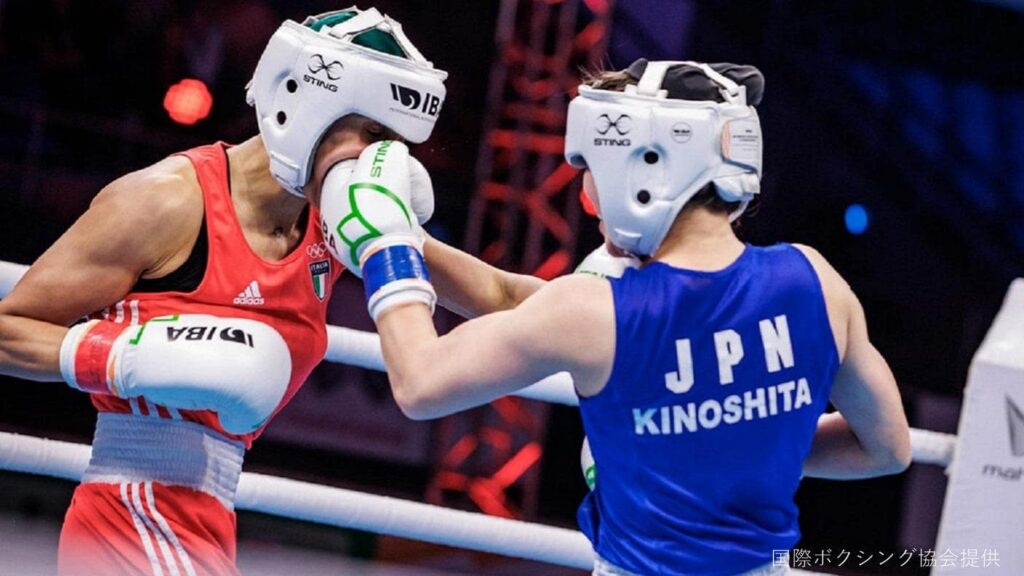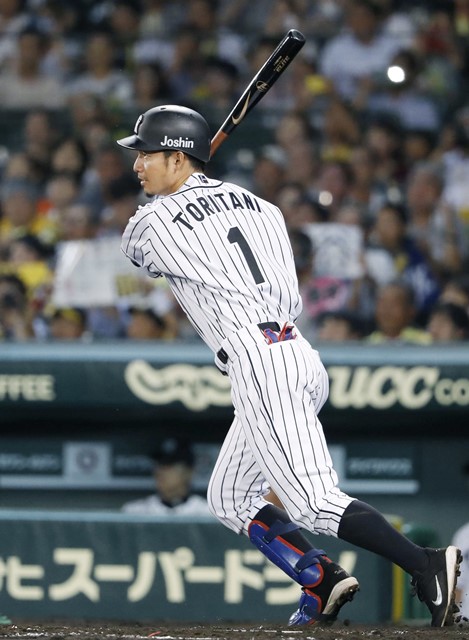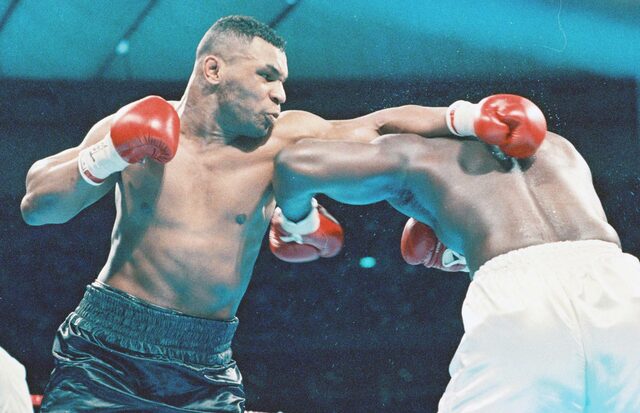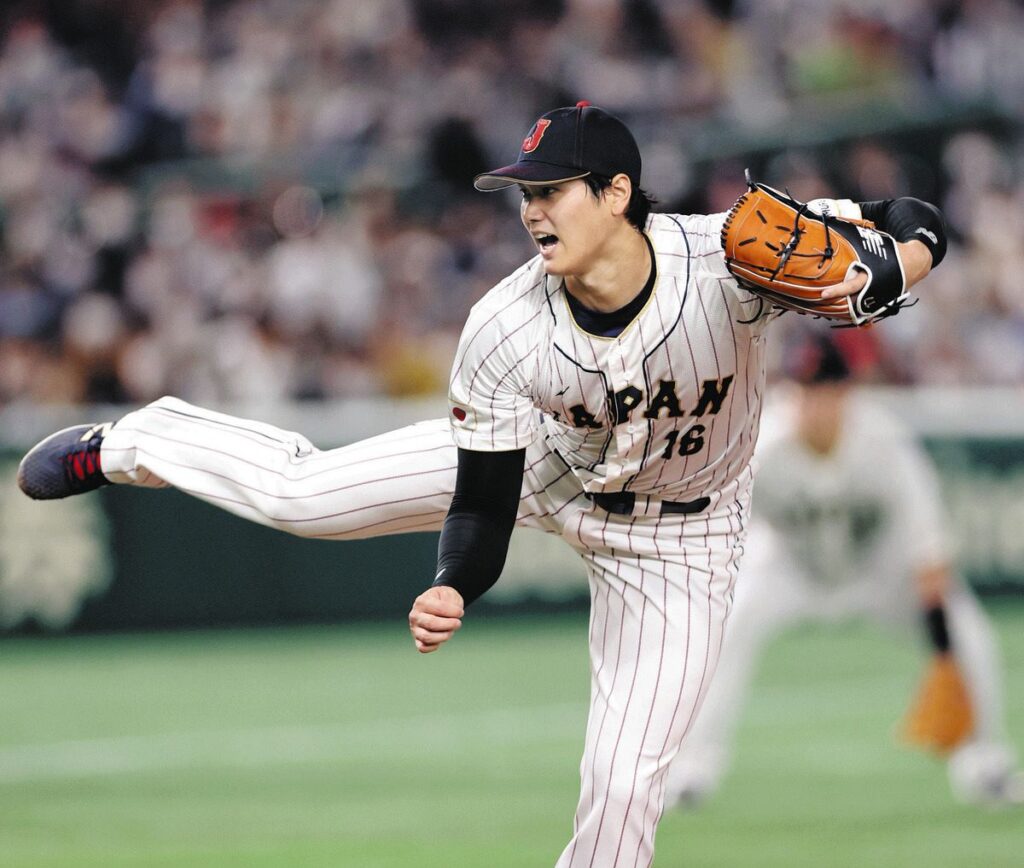
The debate about boxing having too many weight classes and organizations is one of the most heated in the sport.
To delve deeper into this issue, let’s take a closer look at the reasons for the large number of classes and associations, the various problems they cause, and how this problem should be addressed in the future.
目次
There are too many weight classes in boxing!
List of all classes in boxing
Boxing weight classes vary slightly depending on the organization, but below is a list of generally recognized weight classes.
Classes are defined by the weight of the athlete and are ordered from lightest to heaviest.
First, let’s introduce the classes in professional boxing.
- Minimumweight : 105 pounds (47.627kg) or less
- Light Flyweight : 108 pounds (48.988 kg) or less
- Flyweight : 112 pounds (50.802 kg) or less
- Super Flyweight : 115 pounds (52.163 kg) or less
- Bantamweight : 118 pounds (53.525 kg) or less
- Super Bantamweight : 122 pounds (55.338 kg) or less
- Featherweight : 126 pounds (57.153kg) or less
- Super Featherweight : 130 pounds (58.967kg) or less
- Lightweight : 135 pounds (61.235kg) or less
- Super Lightweight : 140 lbs (63.503 kg) or less
- Welterweight : 147 pounds (66.678kg) or less
- Super Welterweight : 154 pounds (69.853kg) or less
- Middleweight : 160 pounds (72.574kg) or less
- Super Middleweight : 168 pounds (76.204 kg) or less
- Light Heavyweight : 175 pounds (79.378kg) or less
- Cruiserweight : 200 pounds (90.719kg) or less
- Heavyweight : over 200 pounds (90.719kg)
Although this list serves as a general guideline, different organizations may have slight differences in class names and weight limits.
For example, some organizations may have a cruiserweight weight limit higher than 200 pounds.
Additionally, new weight classes may be created in the world of boxing, and the definition of weight classes may change over time.
Background of the large number of classes
In boxing, weight classes are established based on the weight of the fighters. This is to ensure fairness by having competitors of relatively similar weight compete against each other.
However, the current number of weight classes is a total of 17 weight classes across the four major organizations (WBA, WBC, IBF, and WBO).
This division of ranks began with the aim of protecting players, but over time the ranks grew as more organizations pursued commercial interests.
problem
-
Decreased value of titles : As the number of classes increases, the value of titles in each class diminishes. It becomes easier for athletes to win titles, and there are many “champions” in one weight class.
-
Fan Confusion : Too many weight classes and titles make it difficult for fans to decide which matches are important and which fighters are truly good.
-
Athletes’ health risks : Weight cuts, which involve drastic changes in body weight in order to change weight classes, can have a serious impact on an athlete’s health. When weight classes are segmented, more precise weight management is required, and as a result, athletes may be forced to lose weight excessively.
approach
-
Consolidating weight classes : Reducing the number of weight classes and creating broader weight divisions can increase competition in each weight class and increase the value of titles.
-
Promoting title unification matches : If there is a champion recognized by multiple organizations, by proactively holding unification matches, it is possible to determine the true champion and eliminate fan confusion.
-
Thorough health management : It is necessary to scientifically manage athletes’ weight cuts and introduce new rules and guidelines to protect their health.
conclusion
The issue of too many weight classes in boxing is an important issue from the perspective of fairness in the sport, athlete health, and fans.
Addressing this issue will require cooperation between organizations, a review of rules, and the creation of a culture that prioritizes the health of fans and players.
By implementing concrete solutions such as unifying the weight classes and strengthening health management, boxing will become an even more attractive sport and continue to be loved by fans around the world.

Too many boxing organizations
There are many organizations in the boxing world, and this situation complicates the outlook for the sport.
Next, we will look at the problems caused by too many major boxing organizations and potential solutions.
List of boxing organizations
First, let me introduce the boxing organizations that currently exist.
There are many organizations in the boxing world, each recognizing their own champions.
Below is a list of the major organizations in professional boxing, but please note that there are also smaller regional organizations and new organizations.
four major organizations
- WBA (World Boxing Association) : The world’s oldest professional boxing organization, which recognizes champions in many weight classes.
- WBC (World Boxing Council) : Known for setting the safety regulations and medical standards for boxing, it is one of the most prestigious titles for many boxers around the world.
- IBF (International Boxing Federation) : Based in the United States, it is widely recognized as one of the major organizations in professional boxing.
- WBO (World Boxing Organization) : A relatively new organization, but rapidly growing and establishing itself as important as other major organizations.
Other important organizations
- IBO (International Boxing Organization) : Known for its computerized ranking system, which is recognized around the world.
- WBF (World Boxing Federation) : Established with the aim of improving competitiveness and sportsmanship in professional boxing.
- IBA (International Boxing Association) : Formerly supervised amateur boxing, but has also expanded its involvement in professional boxing.
local organizations
In addition to worldwide titles, each major organization also recognizes regional titles.
These regional organizations were established to promote the development of boxers in specific regions and provide opportunities for world title challenges.
for example
- NABF (North American Boxing Federation) : A regional organization of the WBC that supports boxers in North America.
- EBU (European Boxing Union) : A regional organization for boxers in Europe.
- OPBF (Oriental and Pacific Boxing Federation) : An organization that promotes the development of boxers in the Asia-Pacific region.
- ABU (African Boxing Union) : An organization that supports boxers on the African continent.
These are just some of the major organizations in professional boxing. There are even more organizations if you include local organizations.
Boxing is a popular sport around the world, and each organization contributes to the development of the sport in its own way.
Problems due to large number of groups
-
Champions galore : With multiple organizations such as the WBA, WBC, IBF, and WBO recognizing their own champions, there are multiple “world champions” in each weight class. This makes it difficult for fans and media to understand who the true champions are, devaluing the sport.
-
Decreased quality of matches : The large number of groups makes matches between the best boxers less likely. Each organization tends to avoid competing against players from other organizations in order to protect their own champions. As a result, fans may not see the highest level of competition they desire.
-
Fan confusion : Each organization has its own ranking system and titles, making it difficult to follow boxing. Especially for new fans, it can be difficult to understand which organizations are important and which belts are most valuable.
-
Impact on players’ careers : More organizations make it more difficult for players to become true world champions. Unifying belts from multiple organizations takes tremendous effort and time, and can cause athletes to miss out on the best matches of their careers.
solution
-
Promoting cooperation between organizations : By promoting cooperation between organizations and increasing the number of unified title matches and cross-promotion matches, we will be able to solve the problem of overpopulation of champions and deliver the matches that fans want.
-
Introducing a unified ranking system : Introducing a unified ranking system accepted by all organizations will give fans and players a clear goal. This will make it clear which players are eligible to challenge for the most valuable title.
-
Consolidation of organizations : In the long term, consolidation may be considered to reduce the number of organizations. This reduces the number of champions and increases the simplicity and transparency of the sport as a whole.
The problem of too many organizations in boxing is a major obstacle to the growth and development of the sport.
Implementing concrete solutions, such as cooperation between organizations and the introduction of a unified ranking system, will make this traditional sport even more beloved by fans and a fairer playing field for athletes.

The influence of the number of classes and groups in boxing
The number of weight classes and organizations in boxing has had multiple effects on the sport.
While this situation offers diversity and opportunity on the one hand, it can also cause confusion and problems for fans and players on the other.
positive impact
- Increased Opportunities : Having more weight classes and organizations gives players more opportunities. Athletes can compete in weight classes that suit their weight and ability, and can aim for titles in a variety of organizations.
- Increased specialization : By specializing in a particular weight class or group, athletes can hone tactics and techniques appropriate to that weight class. This may contribute to improving boxing technique.
- More choice for fans : For boxing fans, a variety of weight classes and organizations provides an opportunity to see a variety of styles and fights. This makes it easier for fans to find matches and players that suit their tastes.
negative impact
- Lack of a unified champion : With multiple organizations per weight class, each organization will have its own champion. This makes it difficult to determine who is the true champion in that weight class.
- Fan Confusion : With so many weight classes and organizations, it can be difficult for fans to keep track of the status of title fights and champions. This can also be a factor in decreasing interest in sports.
- Dilution of title value : The existence of a large number of titles can dilute the value of titles and championship wins may no longer carry as much weight as they once did.
- Political/Economic Issues : Political disputes and economic interests between different groups can prevent a unified fight from happening. This can sometimes prevent fans from seeing the best matchups they want.
To address these issues, the boxing world is attempting to promote unified fights between weight classes and groups, and to provide information in a more understandable format to fans. However, fully resolving these issues may require cooperation between organizations and structural reform of the sport.

Recognized as a true champion and unified champion
In boxing, a “unified champion” is a fighter who holds titles from more than one major boxing organization in a particular weight class. The major boxing organizations include the WBA (World Boxing Association), WBC (World Boxing Council), IBF (International Boxing Federation), and WBO (World Boxing Organization).
If an athlete wins belts from two or more of these organizations, he or she may be considered a unified champion.
The significance of being a unified champion
- Proving to be the strongest fighter in the weight class : The unified champion is widely considered to be the strongest fighter in the weight class. Receiving recognition from multiple organizations is proof of an athlete’s skill, ability, and dominance in their weight class.
- Concentrated fan interest : Matches for the unified champion draw a lot of interest from boxing fans. This is because it is considered a battle to determine the true champion.
- Make your mark on boxing history : Becoming a unified champion immortalizes a fighter’s name in boxing history. He will be remembered as a fighter who outperformed other competitors in a particular weight class.
Certification as unified champion
Recognition as unified champion occurs naturally when a fighter has won belts from multiple organizations. However, there is also a more integrated concept of titles in the boxing world:
- Undisputed Champion : This is a title given to a fighter who holds titles from all four major organizations in a particular division. The Undisputed Champion is considered the absolute champion of his weight class.
- Super Champion : Certain organizations may award the title of Super Champion to athletes who have achieved special accomplishments, such as defending a title for an extended period of time or winning titles in multiple weight classes.
The title of unified champion, or undisputed champion, is one of the highest honors a fighter can achieve in boxing. These athletes have demonstrated their ability to compete across multiple organizations and reach the top of their ranks.

Personal thoughts on the fact that there are too many classes and organizations in boxing
There are too many weight classes and organizations in boxing, and I feel that this problem is detracting from the sport’s original appeal.
This complexity can be difficult to follow, especially for fans newly interested in the world of boxing, and may even turn them away from the sport as a result.
More weight classes theoretically means more fighters have a chance, but in practice it dilutes the value of titles and makes it harder to determine which champions are the best.
Having so many “world champions” in one weight class makes the title meaningless and causes fans to be confused about who to root for.
Additionally, the large number of groups has caused a major problem in that it is difficult to hold matches between talented players.
There are many cases in which the most exciting matches are not seen because each organization prioritizes its own interests.
I feel this detracts from the competitive nature of boxing and deprives fans of the opportunity to see great competition.
Personally, I think it would be desirable to reduce the number of classes and organizations in boxing and reform the system to a simpler and easier to understand system.
This will make it easier for boxing to attract new fans and allow existing fans to enjoy it even more.
It will also give athletes more opportunities to prove themselves and be recognized as true world champions.
Ultimately, I feel strongly that in order for boxing to become a more transparent and competitive sport, we need to reconsider the number of weight classes and organizations.
This would be a win for the fighters, the fans and the entire boxing world.
For those who want to know the list of boxing classes
Check out the article that introduces the list of boxing weight classes.
Also, the average height for each weight class in boxing. We also recommend




